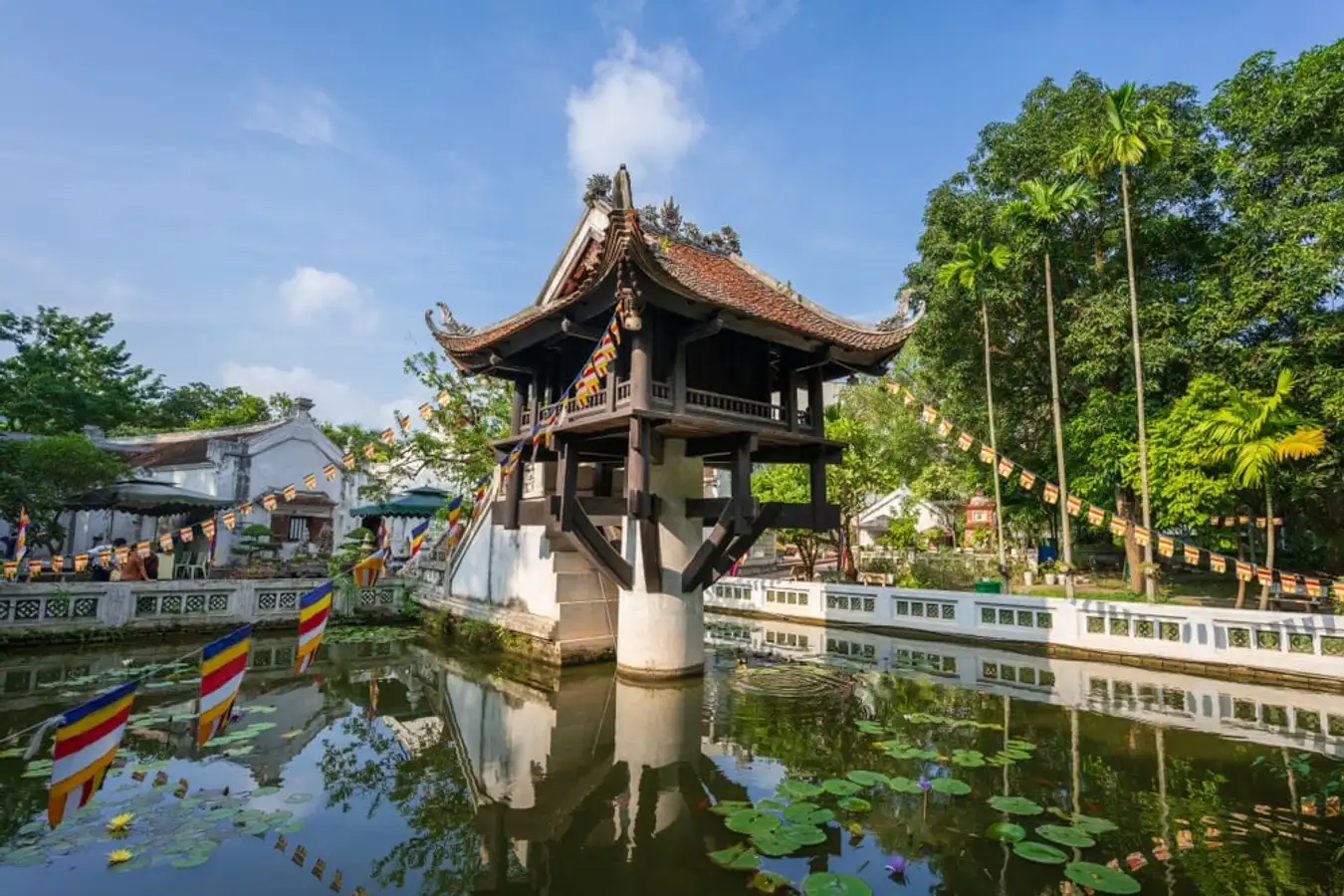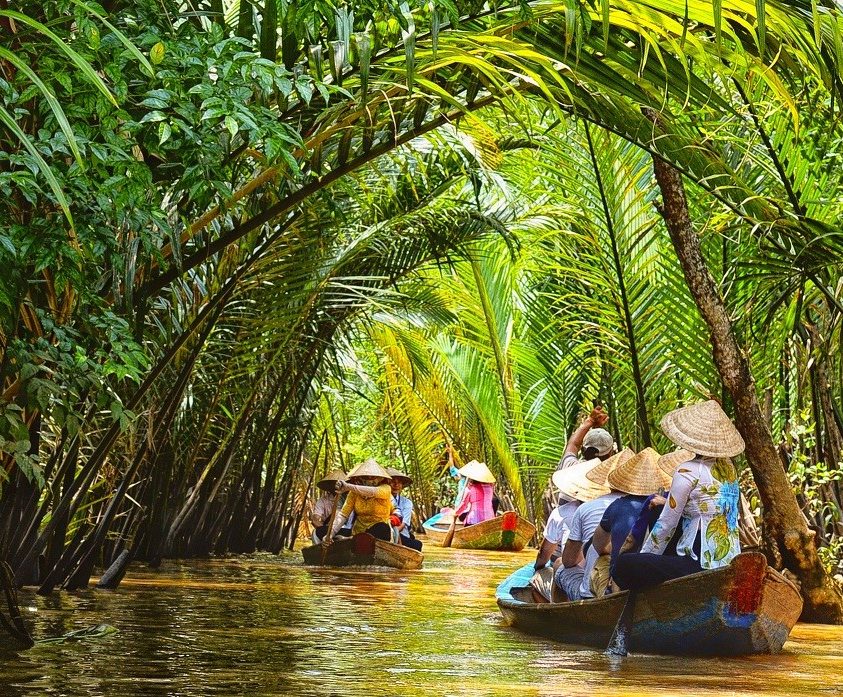8 Things you should know about Ho Chi Minh City before visiting
The leading economic center of Vietnam, Ho Chi Minh City, emerges as a thriving city that was formerly known as the Pearl of the Far East. This large city is probably where your journey will start if you have decided to travel to southern Vietnam. How well do you really know it, though? Ho Chi Minh City maintains its distinct identity while being a thriving Vietnamese metropolis, fusing important landmarks with complex histories and antiquated artifacts from the French colonial era, all of which are just waiting to be discovered. Let’s set off on an adventure together to explore the allure and legends of this well-known Vietnamese city.
Sai Gon ou Ho Chi Minh City?
The name “Saigon” refers to the city’s historical and cultural roots. It was the name of the city before 1975, when South Vietnam fell to the North during the Vietnam War. Saigon was once the capital of South Vietnam, a bustling and cosmopolitan city that became known for its French colonial architecture, wide boulevards, and vibrant markets. Today, “Saigon” is still widely used by locals and visitors to refer to the downtown area, while the name “Ho Chi Minh City” is officially used to refer to the entire metropolitan area.
“Ho Chi Minh City,” on the other hand, was adopted after the reunification of Vietnam in 1976, named in honor of the revolutionary leader and former president of North Vietnam, Ho Chi Minh. The name symbolizes the unification of the country and the triumph of the communist movement. However, many people, especially older generations, still refer to the city as Saigon out of habit or sentiment, reflecting the rich, layered history of this iconic city.
This duality in names reflects not just a historical shift but also the blend of old and new that defines Ho Chi Minh City today. Whether you call it Saigon or Ho Chi Minh City, both names are integral to understanding the complex identity and cultural significance of this remarkable metropolis

Where is Ho Chi Minh City?
Located in southern Vietnam along the Saigon River, Ho Chi Minh City is approximately 1,100 km (2-hour flight) from Hanoi and 900 km (1-hour 20-minute flight) from Da Nang. It’s also close to the Mekong Delta. Formerly known as Saigon, the city now serves as Vietnam’s economic capital.
As the largest and most dynamic city in Vietnam, most international flights arrive at Tan Son Nhat Airport (SGN). Conveniently located just 15 minutes from the city center (outside peak traffic), it offers easy access for travelers.

Discover the Vibrant Energy of Ho Chi Minh City
The most advanced and vibrant city in Vietnam is Ho Chi Minh City. It is one of the most developed urban areas in Asia thanks to its state-of-the-art infrastructure, which includes tall skyscrapers and innovative structures. Beyond its contemporary exterior, however, is a city steeped in history and closely linked to its French colonial past.
Saigon, the city’s previous name, was established and quickly developed by the French when they arrived in Indochina, making it the most important metropolis in both Vietnam and all of Indochina. The city, which was dubbed the “Pearl of the Far East,” was planned with European ideas, and its impressive colonial-era architecture is still evident today.
Ho Chi Minh City’s lively charm comes from this singular fusion of history and modernity. This southern metropolis flourishes with energy and modernism, in contrast to Hanoi’s historic and traditional ambiance.
From a human perspective, the people of Ho Chi Minh City, commonly known as the “Saigonnese,” are renowned for their always warm and friendly nature. This characteristic sets them apart from the people of the north and central regions, where subtle charm and deep-rooted traditions add a unique richness to Vietnam’s diversity.

Must-Visit Attractions and Activities in Ho Chi Minh City
Ben Thanh Market
Ben Thanh Market is a symbol of Ho Chi Minh City and a must-visit. It is the largest historical covered market in the city, dating back to 1912, built by the French. Its original early 20th-century architecture, particularly its main entrance with the iconic clock tower, is worth admiring.
Walking through the market gives you a chance to experience the vibrancy of the city, where you can negotiate for souvenirs, food, clothes, and more. It’s also a great place to try local dishes like “Com Tam,” “Pho,” or “Banh Mi.”
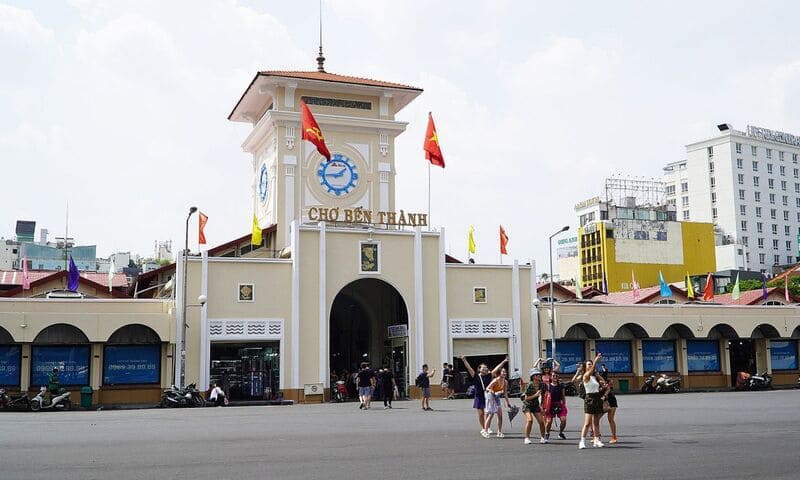
Colonial Heritage and Historical Landmarks
Ho Chi Minh City is rich with remnants of the French colonial era. On Nguyen Hue Street, you’ll find the Ho Chi Minh City Hall, a classic French-style building with beautiful gardens.
The Saigon Opera House, built in 1897, is another must-see, featuring Renaissance-inspired architecture. Once used by the French colonists, it now hosts performances by both Vietnamese and international artists.
Another historic gem is the Continental Hotel, which opened in 1878 and has been a meeting place for famous figures, including French writer André Malraux. It gained fame through films like Indochine and The Quiet American.
The Notre-Dame Cathedral of Saigon, built in the late 19th century, is another iconic monument, though it is currently undergoing renovation.

Chinatown – Cholon District
Cholon, or Chinatown, is a vibrant area that extends over districts 5, 6, and 11. This neighborhood was founded by Chinese immigrants in the 17th century and was once famous for its opium dens. Today, it is a bustling commercial hub filled with markets and traditional shops.
Don’t miss the Thien Hau Pagoda, dedicated to the Chinese sea goddess, or the Jade Emperor Pagoda, with its intricate woodwork and Taoist and Buddhist statues.

Reunification Palace (Independence Palace)
The Reunification Palace, also known as the Independence Palace, is a historic site where a tank from North Vietnam famously entered in 1975, signaling the end of the Vietnam War. The palace is now a museum, showcasing the life of past Vietnamese leaders and the country’s history.

Museums of Ho Chi Minh City
Ho Chi Minh City is home to several museums that offer insights into its history. The War Remnants Museum is a must-see to understand the impact of the Vietnam War.
Another interesting museum is the Fito Museum, which displays more than 3,000 items related to traditional Vietnamese medicine.

Nguyen Hue Walking Street
Nguyen Hue is a wide pedestrian street in District 1, surrounded by French colonial architecture, including the People’s Committee Building and luxury shopping centers.
Make sure to visit the 42 Nguyen Hue building, a landmark featuring shops, cafes, and a great panoramic view of the city. At the end of the street, Bach Dang Wharf offers a stunning sunset view over the Saigon River.
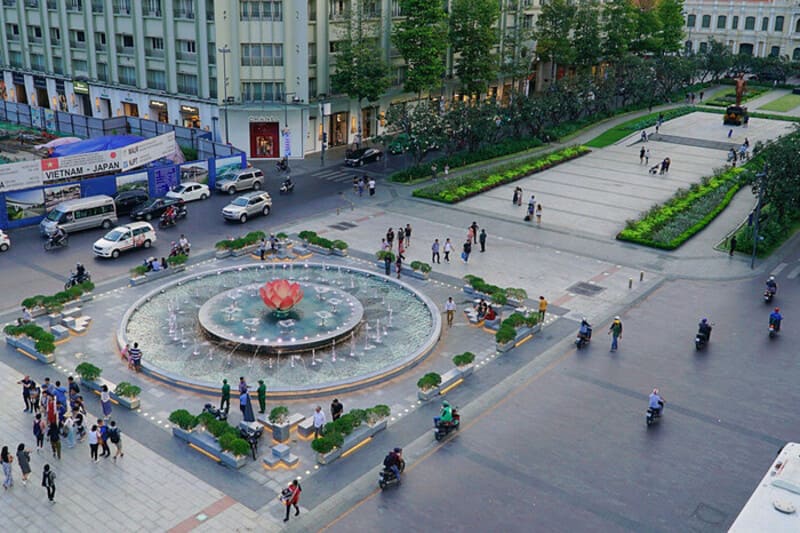
Saigon River Dinner Cruise
A dinner cruise on the Saigon River offers a beautiful and memorable way to experience the city at night, with delicious local dishes and panoramic views. It’s a great choice for couples or anyone seeking a tranquil evening.

Nightlife in Ho Chi Minh City
Ho Chi Minh City is known for having the best nightlife in Vietnam. Bui Vien Street is the place to be for bars, clubs, and live music. If you prefer something quieter, explore the illuminated monuments or enjoy a peaceful dinner cruise. For food lovers, the Ben Nghe Street Food Market offers a wide range of local and international dishes.

Cu Chi Tunnels
Located about 1.5 hours from downtown Ho Chi Minh City, the Cu Chi Tunnels are a must-visit for history enthusiasts. These tunnels were dug by communist guerrillas to resist both the French and American forces.
Spanning over 200 kilometers, the tunnels are narrow, with some sections just 60-70 cm wide and 80-90 cm high. During your visit, you can explore the dormitories, kitchens, meeting rooms, and dispensaries where the Viet Cong fighters and their families lived underground.
How could such small tunnels be inhabited? Visit the Cu Chi Tunnels to discover the resilience and determination of a nation during the war!

Where to Go After Ho Chi Minh City?
Cao Dai Temple
Heading towards the Cambodian border, you’ll reach the Cao Dai Temple in Tay Ninh, located about 95 km west of Ho Chi Minh City. It takes around 2 hours by car or motorbike to get there.
This city is the birthplace of Cao Dai, a religion blending major Eastern and Western spiritualities. Its cathedral is a fascinating mix of a pagoda and a Catholic church, reflecting the community’s Buddhist and Christian influences. The religion was established just a century ago and even designated the famous writer Victor Hugo as one of its apostles.

The Mekong Delta
During your stay in southern Vietnam, don’t miss the chance to visit the Mekong Delta from Ho Chi Minh City. It’s the perfect excursion to combine nature exploration with a visit to the southern metropolis. Enjoy a boat ride through the small canals, bike rides through rice fields, explore lush nature with coconut trees, visit workshops that make coconut-based products, discover traditional villages of Cham and Khmer ethnic groups, and explore the floating markets of the Mekong Delta.

Phu Quoc Island
Just a 1-hour flight from Ho Chi Minh City, you’ll find the tropical beaches of Phu Quoc Island. This island looks like a postcard with its white sandy beaches beneath coconut trees, crystal-clear waters teeming with fish, and small beach bars and huts.
The island is packed with activities: snorkeling and diving, boat trips off the coast, cycling through authentic fishing villages, water sports, hiking in the national park, visiting pepper plantations, and seeing the traditional Vietnamese fish sauce (Nuoc Mam) production. You won’t get bored in Phu Quoc!
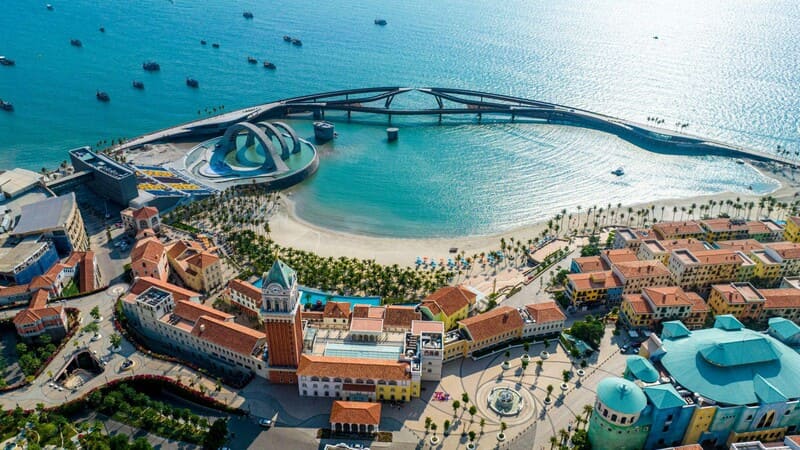
Best Time to Visit Ho Chi Minh City
A visit to Ho Chi Minh City is possible year-round, thanks to the sunny and warm weather that prevails in this southern region of Vietnam. However, to make the most of your trip to this beautiful part of the country, it’s important to note that the year is divided into two distinct seasons:
- The dry season (December to late April), characterized by sunny days and very little rainfall.
- The rainy season (May to late November), marked by intense heat and short but heavy rains, which are often refreshing.
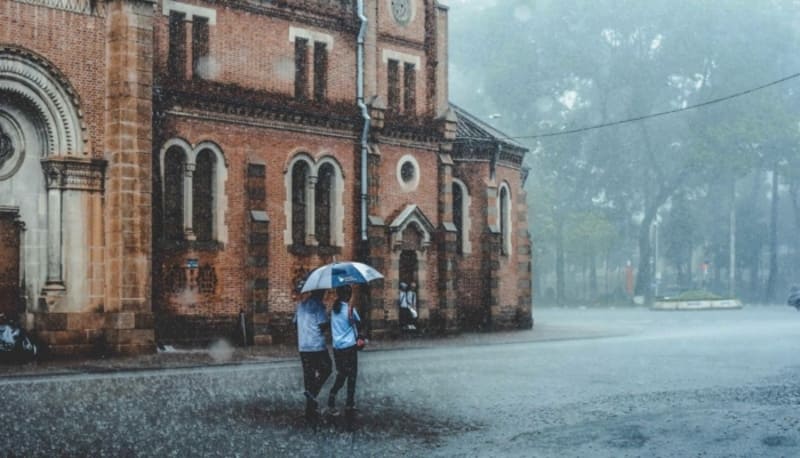
How to Get There
Ho Chi Minh City is well-connected to major cities around the world. Most international travelers arrive via Tan Son Nhat International Airport, which offers daily direct flights from a wide range of destinations. Airlines like Vietnam Airlines, Singapore Airlines, Qatar Airways, Emirates, and Thai Airways provide regular flights with various stopover options, depending on your departure city.
For travelers coming from Europe, direct flights are available from cities like Paris, London, and Frankfurt. In North America, there are flights from major hubs like New York, Los Angeles, and Toronto, often with one stopover in cities like Tokyo, Doha, or Hong Kong. Passengers from Australia can easily fly directly from cities like Sydney and Melbourne.
Regardless of where you’re coming from, Ho Chi Minh City is easily accessible with various options to suit all travel preferences.
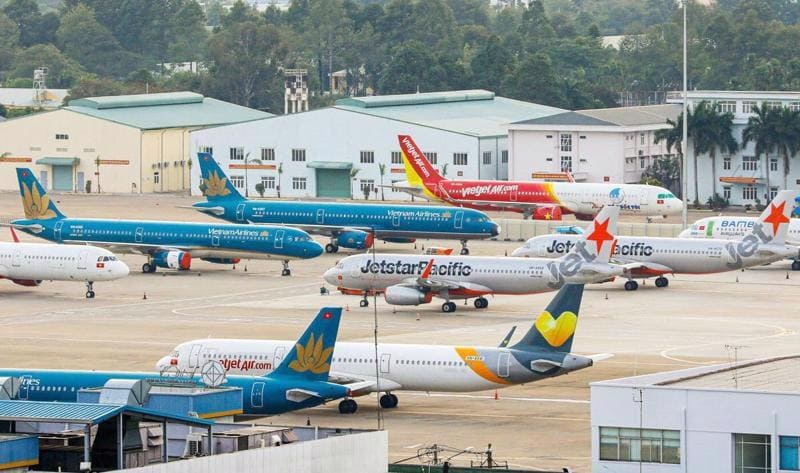
How to Get Around Ho Chi Minh City?
Getting around Ho Chi Minh City is easy, with several transportation options available for visitors. Local buses are affordable but can be tricky to navigate due to their complex schedules and routes. Taxis offer a convenient door-to-door service, but they can be more expensive and sometimes subject to scams. To avoid these issues, it is recommended to use ride-hailing apps such as Grab, Gojek, or Be, which offer transparent pricing in advance for both motorbikes and cars.
To use these apps, make sure you have a Vietnamese SIM card and internet access, which are readily available at mobile phone shops in the airport or throughout the city.
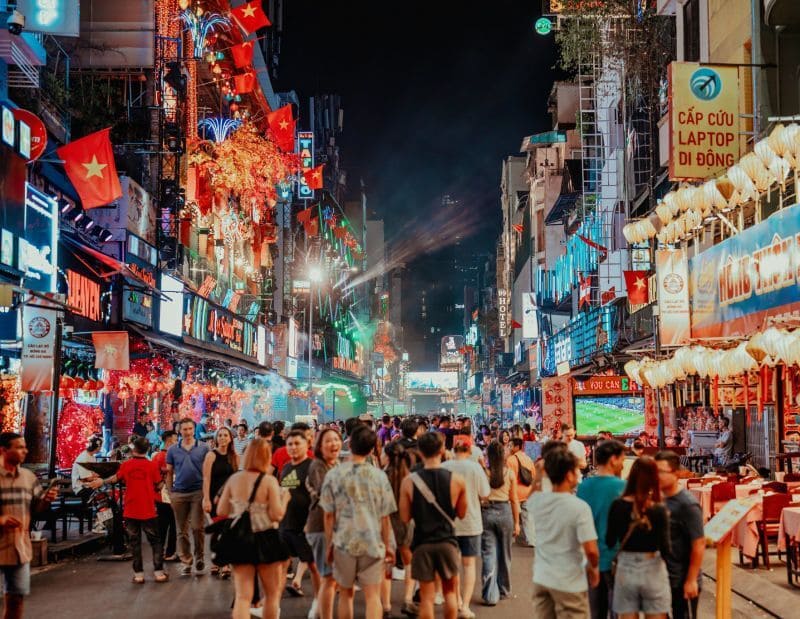

Thanh Nam Nguyen
Born in Ho Chi Minh City with Vietnamese-American roots, Thanh Nam Nguyen is passionate about adventures and traveling in Indochina. As a local guide for All Vietnam Senses, he leads tours in southern Vietnam, Cambodia, and Thailand, sharing his knowledge with travelers and inspiring readers to explore the region. Leave a comment below for him to respond directly!

